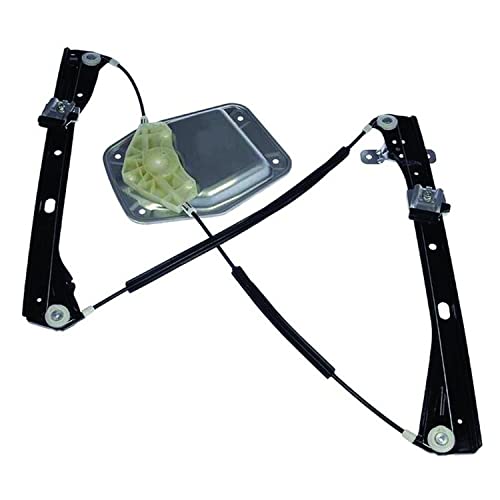I don't mate but I've never stopped and not been able to hold the dipstick. The engines were designed to work in far more extreme climates than the UK so I'm not worried. Maybe if I had an expensive engine I would be more concerned but not for my stock 1600. I'm sure in spain it would run hotter but I still wouldn't think that you are pushing the extremes of what it was designed for.
I guess the question could be reversed, how do you know you would of cooked it? Granted the temperature would probably increase but it could well run fine like that.
Youll know if ya cooked it , back from vegas a couple of years back , in hurry dropped the hammer foot burried for an hour. shredded belt no alt light as belt semi present. van stopped. the end. new block, er yes please thanks. ps cheers fro the belt ollie still not give ya that back.
john oh yeah have since fitted gauge and it does my head in up down up down. grr. 55mph all the time with a quick 10 mins pedal to the metal and back to 55 works for me. oh and black insulating tape over that annoying gauge. so drive sensible, with all tin and its fine, remember these buses were not designed to blast along on motorways at 70 and wasnt the m1 only opened in 59, there ya go then.
nag over
jth































